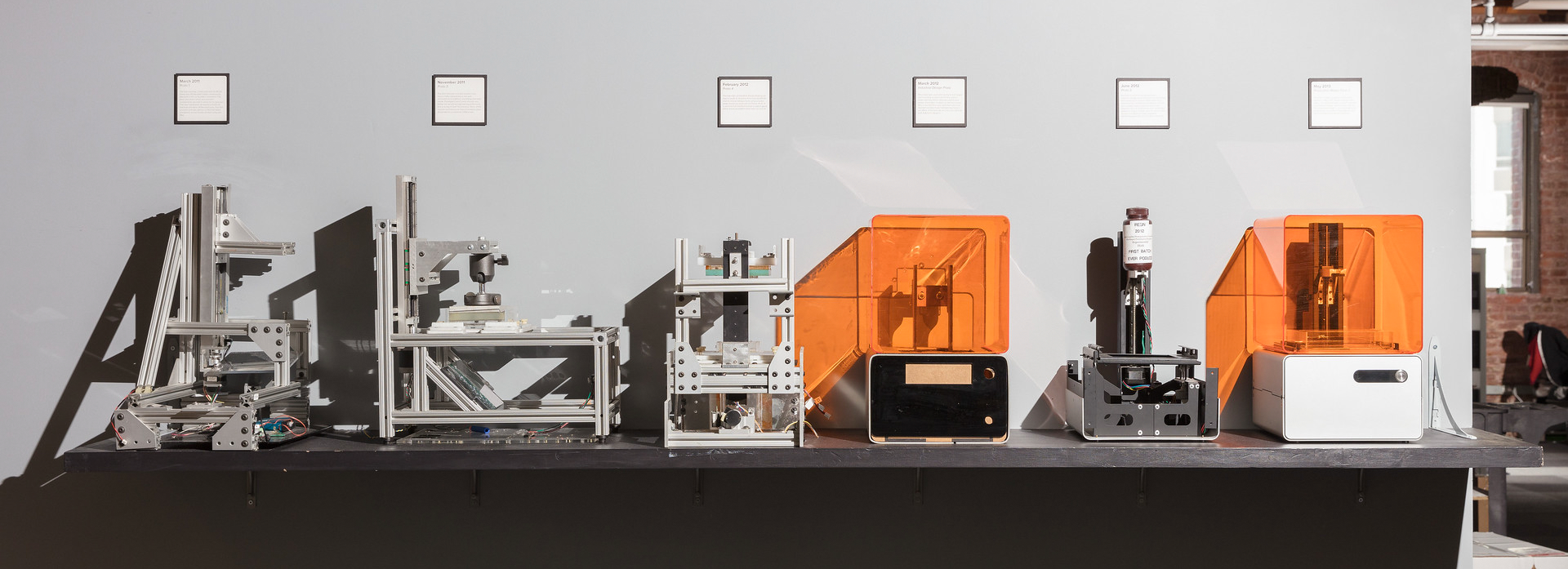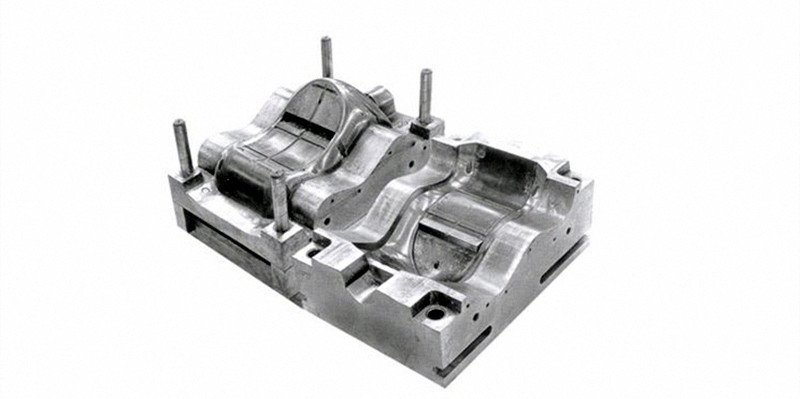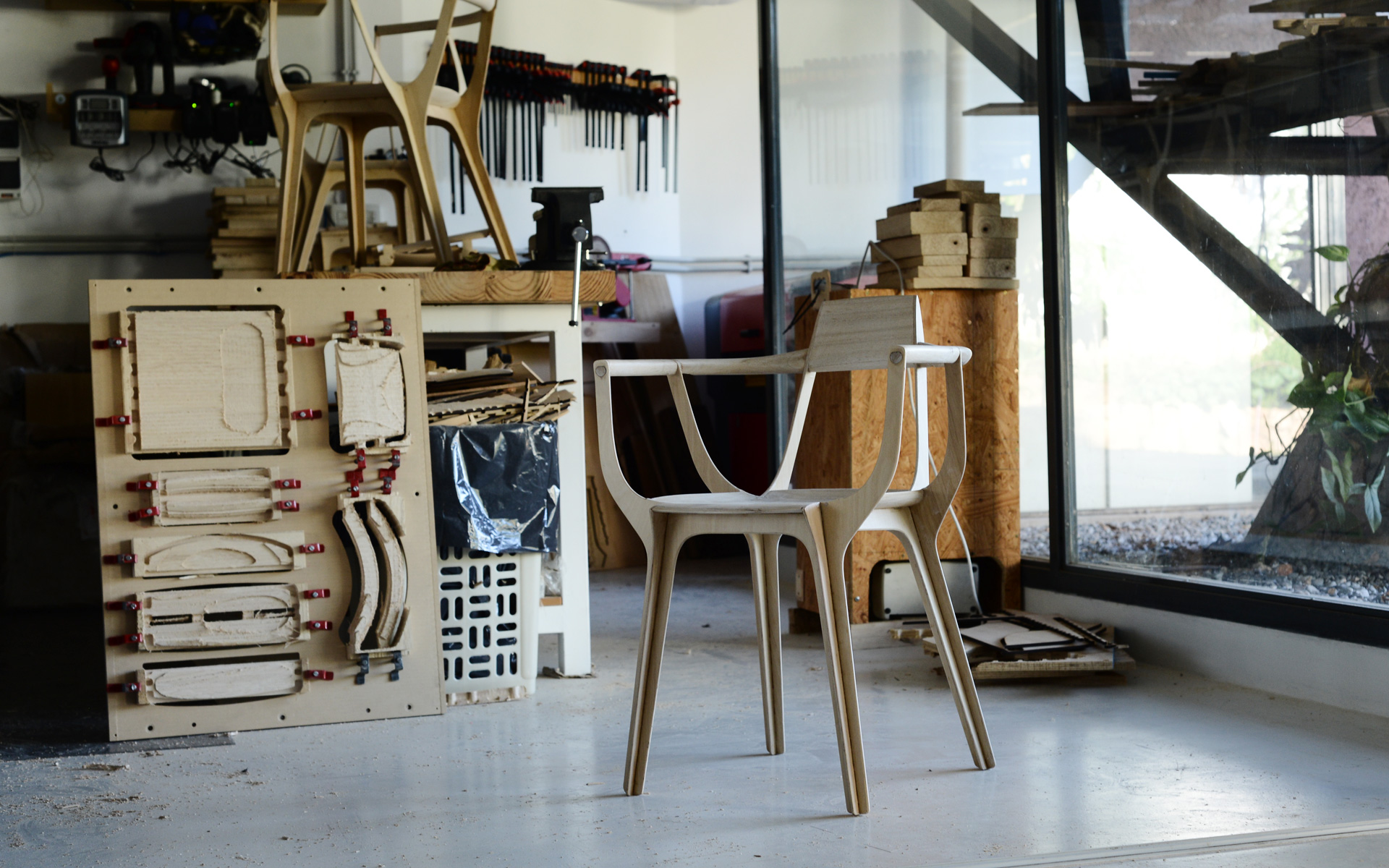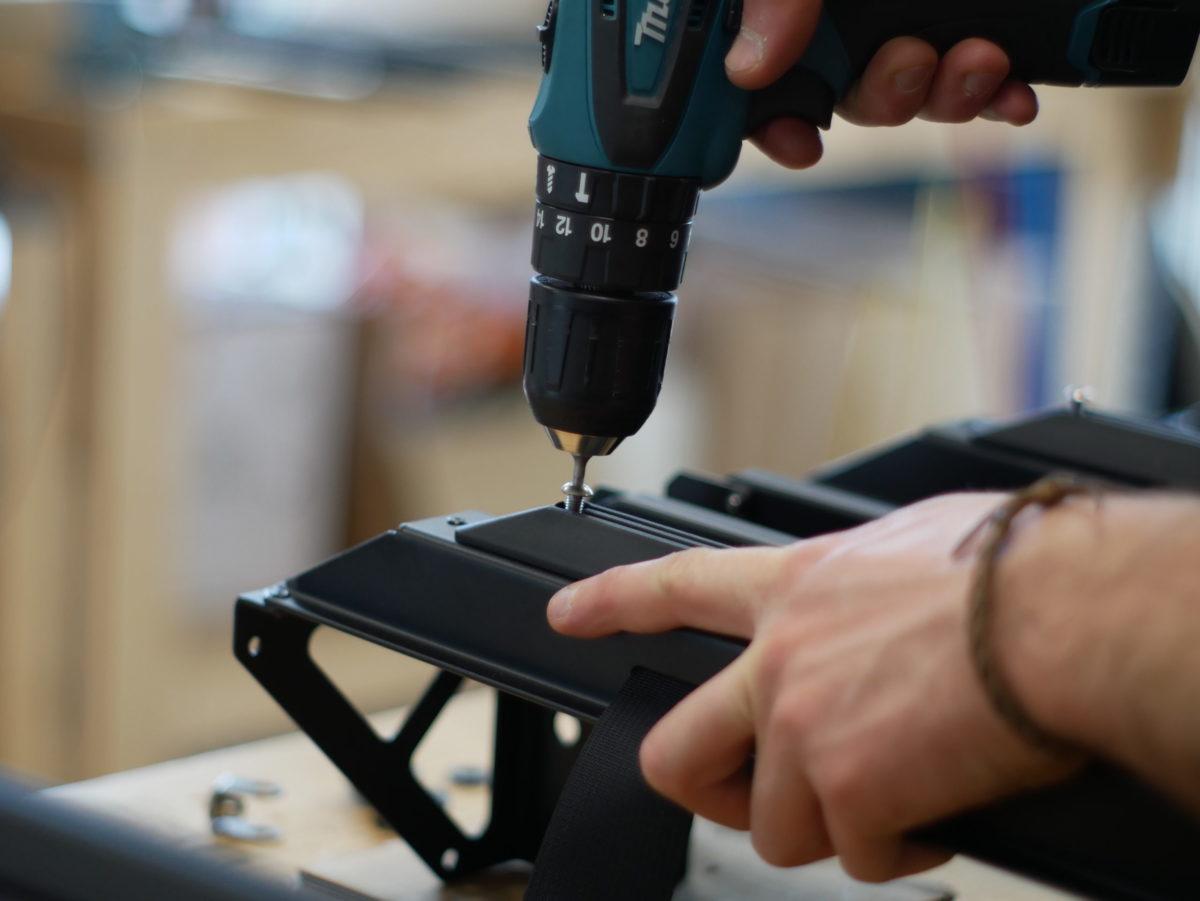From prototype to product
Idea Crafting 101
When is a prototype “good enough” to move to the real product?
This is a crucial question, if you ask a developer there could always be time for improvements, if you ask a sales manager it could be already late! My answer is it depends, what matters here is to define the desired level of detail required based on your specific needs. Most of the time a prototype is a milestone in the product development process, meant to be presented to the different stakeholders to show how close you are to a final product. I will use some examples based on my personal experience with the different stakeholders, that I interacted with during my career.

Who are the stakeholders you are presenting your product to?
- Client with internal engineering capabilities: Many companies are outsourcing the design development, but still handle the engineering internally. In this case, it is important to get well aligned and collaborate with the technicians and engineers involved, in order to have constructive interactions and achieve great results. In this specific case, a mockup or even an advanced MVP could be more than enough. What matters is to reach a feasible representation of the idea, to ensure the engineers will be able to quickly do their magic and proceed to production development.
- Client outsourcing engineering: Some companies simply don’t have the volume of development required to justify a dedicated office, in this case also the engineering might be outsourced to an engineering firm or to a manufacturing company that offers development capabilities. Here as above a mockup or advanced MVP is a great starting point, one should be very specific about the production volumes and quality required, to not disappoint the customer.
- Manufacturing partner: When dealing directly with a manufacturing partner that is focused “only” on the production, it is crucial to present a “final prototype” that does represent what we expect them to produce. In my personal experience when dealing with large manufacturing partners they are more than willing to “translate” your design for their production capabilities; there is a caveat though, they will take the design as it is, will most likely not fix any bug and not fill any gap left by the designer. In the best scenario they will call the designer or the client to confirm or ask for clarification. But it can also happen they will go straight to production fully replicating what you presented them. This can be overwhelming for startups or small companies that are not used to this industrial scenario. Hence maximal care is required and careful negotiation about quality standards and details.
- Investors: When dealing with investors or presenting your product in trade shows for example, it is important to nail the design and material finishing that will characterize your final product. For instance, cutting some corners on quality or functionality is still allowed, but to avoid a misunderstanding with customers or potential buyers the product should be at least 80% ready. To have a product 80% ready in my opinion means you already found one or more manufacturing partners and will be ready in 6 to 12 months to kickstart the production (depending on the level of complexity and investments available of course).
“Vision without execution is just hallucination.”
Henry Ford

Do I really need a “final prototype” before the production?
This is a question we hear a lot, especially due to the costs that as seen in the previous stage can easily be around 10 or 20 times more than the expected manufacturing cost of the final product. The difference in price is tightly dependent on the production technologies, if using low investment technologies (CNC, laser, sheet metal bending, thermoforming, etc) for most of the components it will be around 2 to 4 times the production cost.
On the other hand, if our product does require injection molding, forging, or any other high investment technology, then we will have to rely on expensive prototyping technologies and quality finishing.
HIGH vs LOW investment technologies:

High Investment
As a rule of thumb, when using “high investment manufacturing technologies” like injection molding, forging, die-casting aluminum, industrial CNC machining etc., the less expensive will be the single produced item; but it will require to be reproduced many thousands of times to distribute the initial investment costs to be paid off.
This is the reason those technologies are often requiring MOQ (minimum order quantity) of a few thousands up to hundred thousands of units to be manufactured to justify the investment.
Production of serially manufactured objects like consumer electronic devices, sport gear, furniture and kitchen tools are often produced in large quantities from the tenth of thousands to the millions of units. With those large numbers it is absolutely common to invest a few hundred thousands of Euro in manufacturing tools and technologies since those investments will be paid off with a % of each good sold.
This level of industrialization is typically reserved to corporates, that not only have the funds to invest in production, but especially already have a brand awareness and sales network that will let them return the investment as soon as possible. These technologies should be avoided if possible by startups and companies that are manufacturing their first product without a strong foothold in the market.

Low Investment
If you are planning on using “low investment manufacturing technologies” like low volume CNC machining, 3D printing, sheet metal cutting and bending, thermoforming, silicone mold casting etc., the more expensive will be the single item; but there are gonna be virtually no investment costs to distribute and pay off.
Those are the typical technologies used for highly exclusive products made in small series or even single units. They can also be vital for companies looking to “test” a market niche or for a startup launching its first product without wanting to risk heavy investments.
Low investment technologies are not synonyms of low quality at all. Consider that some of the most exclusive niche products are actually made in low volume with some of the most exotic technologies.

“Outsourcing manufacturing for dummies”
Here is a collection of the learning I’ve collected in my years of experience with a myriad of manufacturing companies all over the world from the best Italian craftsman to the industrial steel factories from the American Midwest, passing by one of the best sport good production companies in Taiwan.
- Provide detailed drawings, 3D models, and tech sheets with tolerances and materials selection with some alternative options.
- If possible present a prototype and be ready to discuss alternative solutions that could better fit the manufacturing partner toolset.
- Scout and connect with at least +2 manufacturing partners and get realistic quotes.
- Ask to visit the manufacturing facility if possible and check as many sample products they can present to you (pertinent to your chosen material and technologies).
- Be ready to negotiate finishing and specific material choices to avoid extra “setup costs” and a need to buy large quantities of stock materials in advance.
- Ask for warranties and if possible sign a “penalty” in case production is delayed.
Run intense testing with the pre-production prototypes that might not include paint job or material finishings. - Try to get the pre-production prototypes made with the specified materials and technologies to quickly spot and improve weaknesses.
- Request a pre-production batch and take care of quality control to spot defects.
- Pretend to get the “set up costs” discounted from the whole production to avoid spending too much cash in advance.
- Don’t leave open questions or options, since the manufacturer might choose the easier and cheaper solution if left alone.
- Get informed about the provenience and MOQ for the production materials, to evaluate if sourcing your own materials or buying from available stocks.
- Consider shipping and customs delays if dealing with off-sea production partners.
- Try to find a production partner who will also take care of the final assembly and packaging.
- If an external assembly partner is required, try to get at least some products assembled yourself before signing any deal, to check realistic assembly time and how easy or complicated is the process.
“Before you say you can't do something, try it.”
Kiichiro Toyoda

Conclusions:
If you read this far, you definitely are a curious person, thank you for taking the time. I hope this was well spent time for you, please feel free to reach out.
 andreasignoretto.com
andreasignoretto.com